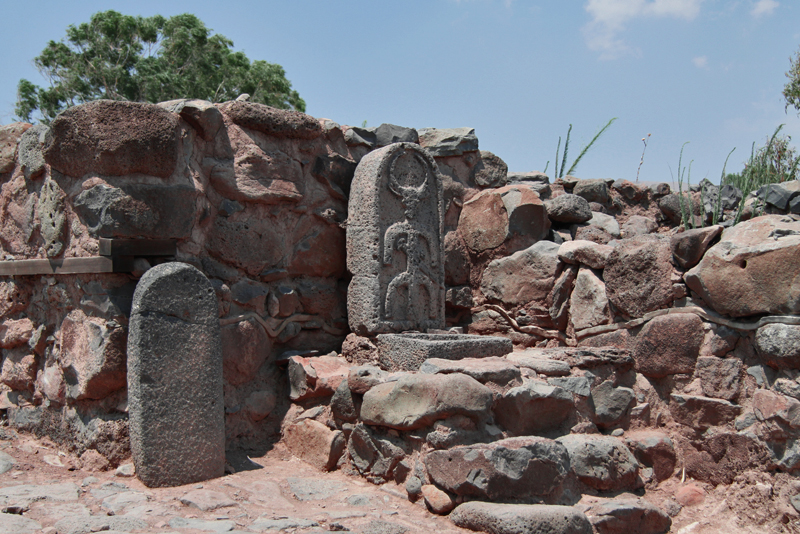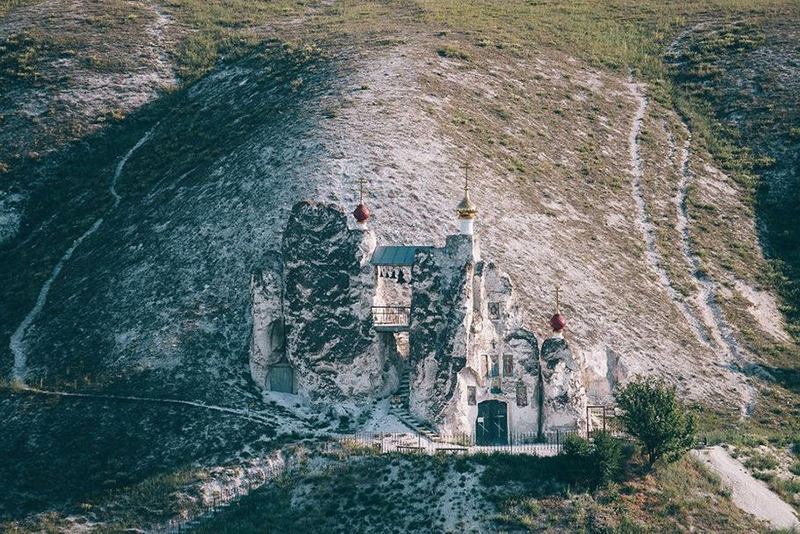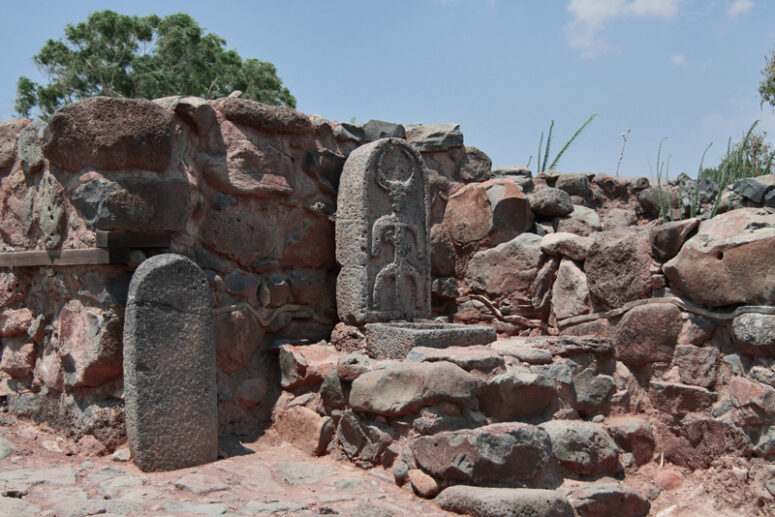
Recently, archaeologists made an amazing discovery. In the process of 32-year excavations they found ancient Bethsaida, a place where Lord Jesus Christ preached more than once. What kind of settlement was it and where was it located? You can learn that and more from this article.
Bethsaida (Hebrew בית צידה, literally “fishing house” or “fisherman’s house”, Greek Βηθσαΐδά) is an ancient Israeli settlement mentioned in the New Testament. According to the Gospel, this village was home to the apostles Peter, Andrew and Philip (John 1:44, 12:21). Lord Jesus Christ preached here many times. According to St Mark the Evangelist, it was in the vicinity of Bethsaida where the Lord healed a blind man (Mark 8: 22-26), and according to St Luke, the multiplication of loaves took place in the surrounding area of this village (Luke 9: 16-17). However, despite all the miracles performed in Bethsaida, Christ denounces its dwellers for their unbelief: “Woe to you, Chorazin! Woe to you, Bethsaida! For if the mighty works which were done in you had been done in Tyre and Sidon, they would have repented long ago in sackcloth and ashes.(Matthew 11:21). The Lord predicted that Capernaum would be brought down to hell, that is, it would be doomed to spiritual death and physical devastation. Has Bethsaida suffered a similar fate? The fact that historians are divided over the true location of the town suggests that Bethsaida was completely abandoned at some time.
Some ancient sources place Bethsaida on the shores of Lake Genesaret. So, according to the famous historian Flavius Josephus’s testimony, Herod Philip, the son of Herod the Great granted Bethsaida the status of a city and renamed it Juliada in honor of the emperor Augustus’s daughter. (Jos. Flav. Antiq. XVIII 28. 3). Josephus also noted that the city belonged to the Gavlanitida region and was located two hundred meters from the Jordan River (Ibid. ΙΙΙ. 10. 7). As a coastal town, Bethsaida may have had a small port, or at least an anchorage. Ancient geographers Pliny the Elder and Ptolemy confirm the location of Bethsaida on the shores of Lake Galilee. Until recently, historians were uncertain about the exact location of the city. The two main versions were the towns of Et-Tell (about three kilometers north of the lake) and El-Araj (at the very shore).
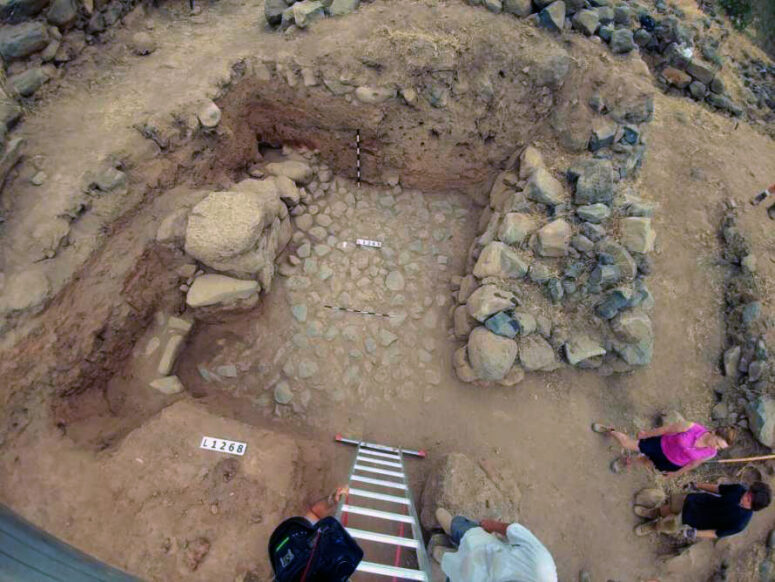
El-Araj and Et-Tell are connected to each other by an ancient road. An aqueduct, city fortifications and buildings with mosaic floors were earlier discovered in Et-Tell, which makes it possible to identify it with Julia-Bethsaida. Since Lake Genesaret is gradually drying up, in the ancient times one of its lagoons may have approached Juliade much closer than now. El-Araj also has every reason to be considered Bethsaida. A 24-meters paved road discovered in 1982 leads under the water to where its major part is currently located. Remains of buildings left on the surface are architecturally reminiscent of the synagogues in the area. El-Araj is a typical fishermen’s village, like Bethsaida was. Its ancient pier was found during the water level lowering. So which city was ultimately ancient Bethsaida? What is it that archaeologists have recently discovered?
Professor Rami Arav of the University of Nebraska says that following the excavation, he now has no doubt that Et-Tell in the Golan heights, near the mouth of the Jordan River is the site of the ancient biblical settlement. The testimony of Josephus asserting that Bethsaida is located “in the lower Golan” confirms the professor’s conclusion. Firstly, the ruins at Et-Tell were once known as “Zer” or “Tsed,” which means hunting or fishing in Hebrew and could over time be transformed to Beit-Tsed (fishing house) or Bethsaida. Secondly, a temple dedicated to Julia was discovered during the Et-Tell excavations connecting the place with Bethsaida, renamed Julia, even further. In addition to that, fishing equipment was found in the city.
By all means, all of that is yet to be confirmed. Perhaps, new artefacts will be found confirming that Et-Tell is the biblical Bethsaida. It is too early to be discounting El-Araj whose origin still needs to be understood. Professor Rami Arav considers El Araj to be an ancient military camp. The excavation of El Araj was recently stopped due to flooding.
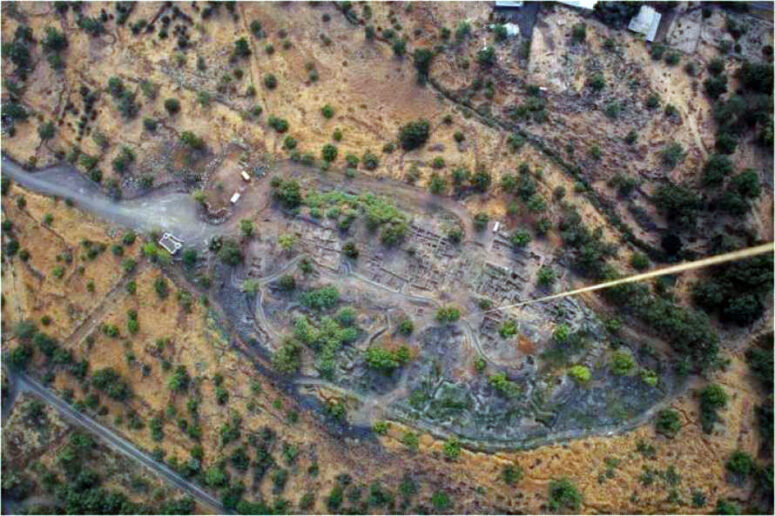
Archaeology (biblical archaeology in particular) cannot provide answers to all questions, but it often gives us material, visible evidence of the facts and events that we can learn about only from the Bible. It supports biblical stories with historical data helping us better understand the history and the significance of biblical events. Herein lies its great merit.

